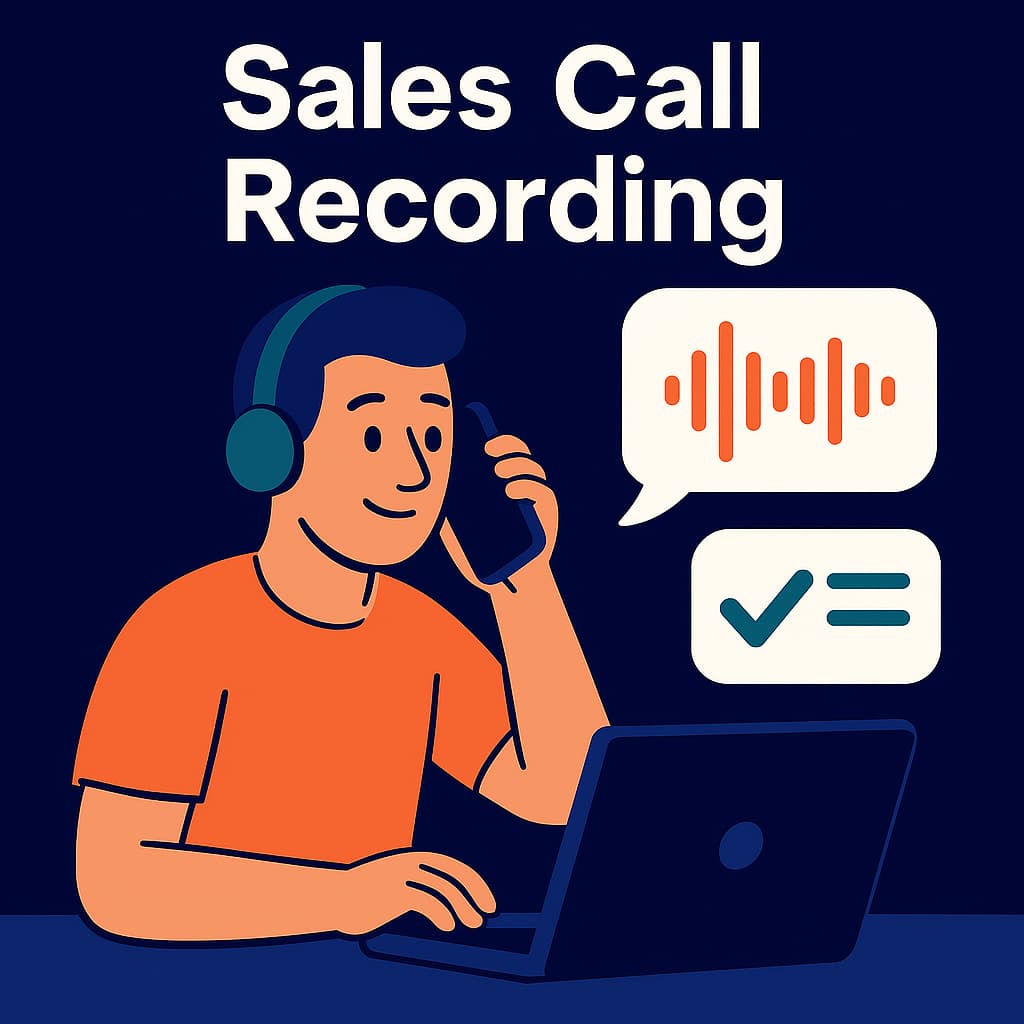.jpg)
Donnez un sens à toutes vos informations sur les clients en un seul endroit
En tant que chefs de produit, il est essentiel d'avoir accès aux informations sur les clients. Être capable de prendre connaissance des commentaires des clients, de les analyser et de prendre des mesures en conséquence. Les chefs de produit passent donc beaucoup de temps à discuter avec les clients, mais ils ne sont pas les seuls.
Ventes, assistance, réussite client, marketing. Ils interagissent tous plus ou moins fréquemment avec les clients.
Le problème est que ces conversations ne sont souvent pas accessibles. Enregistré dans des dossiers que personne ne regarde, sans notes à emporter, et les prochaines étapes sont impossibles à suivre.
La solution ? Créez une source unique de vérité. Enregistrez vos appels, enregistrez-les en un seul endroit et entamez des discussions pour obtenir des informations exploitables.
À propos du Playbook de recherche sur les utilisateurs
Nous avons conçu ce manuel pour vous aider à tirer parti des informations des utilisateurs à grande échelle. Lorsque vous enregistrez systématiquement les appels de recherche auprès des utilisateurs à l'aide de Claap, vous pouvez mieux diffuser la voix du client au sein de l'équipe. Donnez à chacun les moyens d'apprendre directement auprès des clients et d'utiliser leurs commentaires pour créer de meilleurs produits.
Quand effectuer des recherches sur les utilisateurs avec Claap
Toute équipe produit peut tirer parti de Claap pour la recherche sur les utilisateurs et il peut être facilement intégré à votre processus existant. Le seul changement nécessaire est d'enregistrer vos réunions avec les clients à l'aide de Claap. C'est ça. En un clic, tous les membres de votre équipe auront accès à ces informations sur les réunions, où qu'ils se trouvent.
Comment démarrer
Étape 1 Enregistrez votre réunion

Avant de lancer la réunion, demandez à tout le monde la permission d'enregistrer la session. Mieux encore, faites-le lorsque vous envoyez l'invitation. Ensuite, ouvrez simplement l'extension, sélectionnez l'onglet droit et attendez le compte à rebours.
Lorsque Chrome vous invite à sélectionner l'écran à partager, sélectionnez »Onglet Chrome». Et assurez-vous de cocher la case »Partage de l'onglet audio» lorsque vous souhaitez enregistrer le son de l'onglet.
💡 Pour en savoir plus : sélection du bon écran
Commencez à enregistrer dès maintenant
Étape 2. Rendre la séance digeste

Utiliser commentaires contextuels pour souligner les moments clés. Ceci est important pour aider les autres à numériser la vidéo plus rapidement par la suite.
Étape 3 Centralisez les discussions avec des sujets

Créez un sujet dédié pour chaque 1/1 que vous avez. Utile pour organiser les enregistrements et s'assurer que seules les personnes sélectionnées peuvent accéder à ces claquements. Vous pouvez également utiliser étiquettes pour suivre les discussions.
💡 Pour en savoir plus : sujets relatifs à l'espace de travail et sujets privés.
Étape 4 Répondez aux commentaires et incitez à l'action

Participez à des discussions avec vos collègues afin de définir clairement les prochaines étapes de votre feuille de route.
.jpg)

